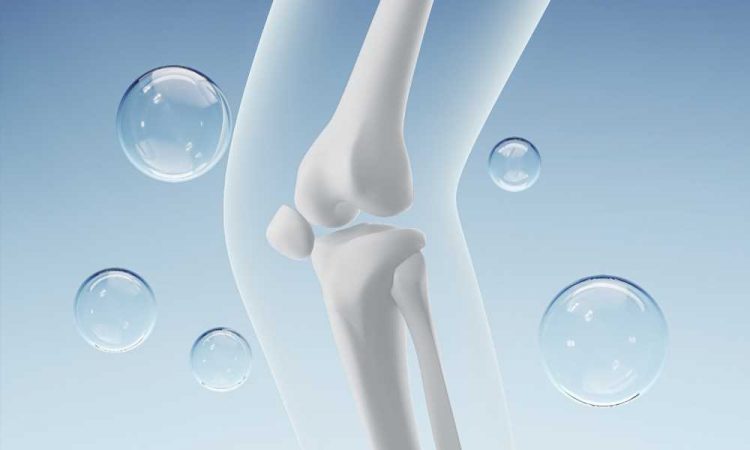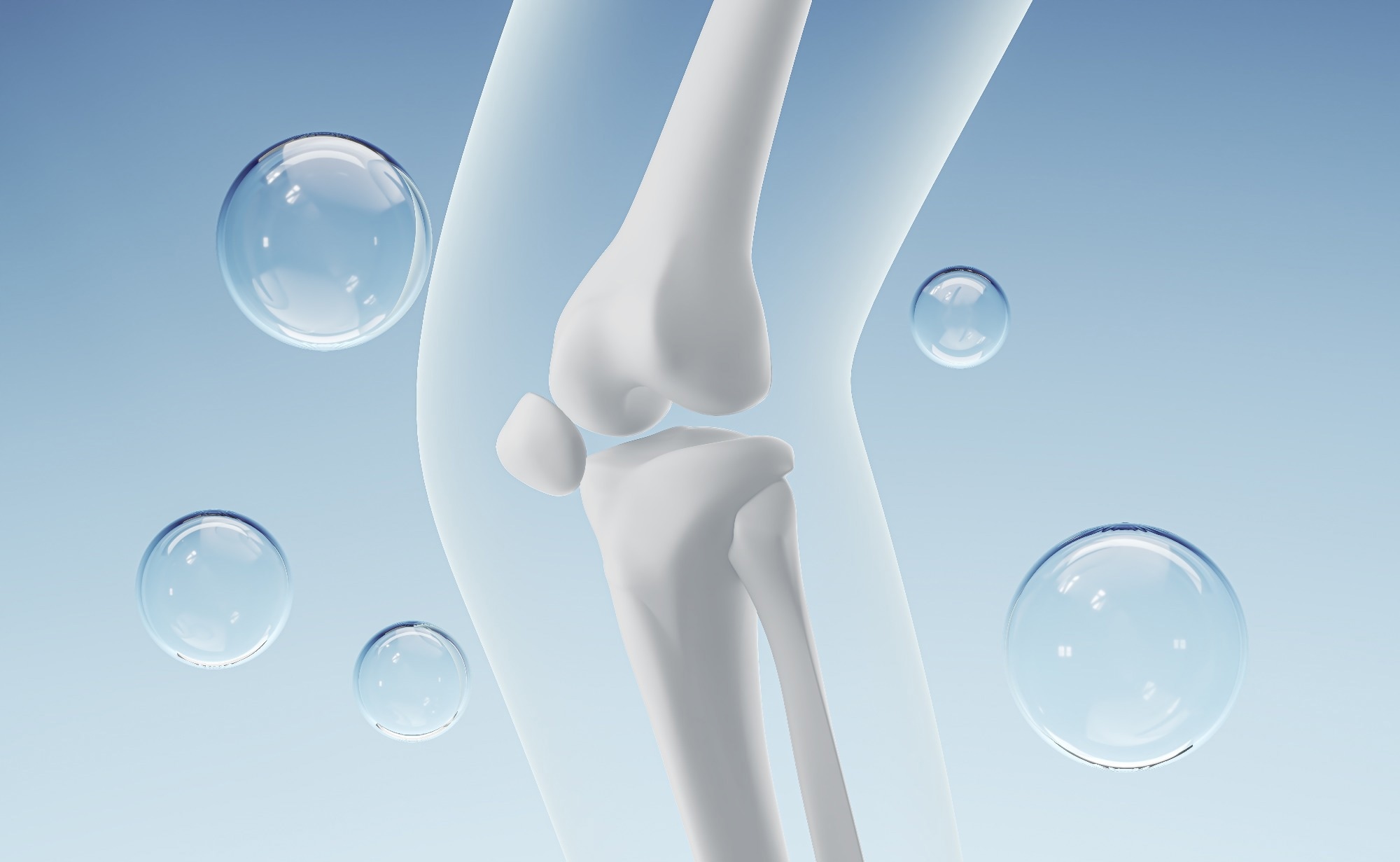What is Jansen’s Metaphyseal Chondrodysplasia?

Cause and symptoms
PTHR1 gene
Epidemiology
Case reports
Diagnosis and treatment
References
Further reading
Jansen’s metaphyseal chondrodysplasia (JMC) is a rare disorder of the bone with an autosomal dominant pattern of inheritance.

JMC is a skeletal dysplasia that is caused by mutations in the PTHR1 gene. It comprises progressive growth plate abnormalities and sclerosis of bones. JMC is most commonly diagnosed in childhood, but some people with less severe diseases may not be detected until they are in their adult years.
Symptoms of the disease appear days or months after birth and progress with age. For JMC patients, there is currently no effective therapeutic option.
Cause and symptoms
Gain-of-function mutations in the parathyroid hormone receptor 1 gene (PTH1R) cause JMC. The PTHR1 mutants' constitutive activity inhibits chondrocyte development, resulting in significant growth plate defects that approximate severe rachitic alterations.
Short height, deformed, under-mineralized bones, chronic hypercalcemia, and increased serum markers of bone turnover are the major hallmarks of the condition.
JMC is linked to short-limbed dwarfism as well as skeletal anomalies such as calvarium hyperostosis and a narrow thoracic cage. Leg bending, waddling gait, contracture abnormalities of the joints, short hands with clubbed fingers, and a large upper face with a small jaw are also notable traits.
Patients' development curves gradually deviate from normal during their early years of life, and they develop short stature. The legs are often bent, especially the tibiae, and are short in comparison to the relatively lengthy arms. There have been reports of severe tooth malposition as well as many mandibular cysts.
During childhood, radiological abnormalities include uneven patches of partially calcified cartilage protruding into the diaphyses of nearly all long bones, as well as hyperostosis of the skull. Later in life, these abnormalities disappear.
PTHR1 gene
PTHR1 is a G-protein-coupled receptor (GPCR) from family B. PTH1R is found in a variety of fetal and adult tissues, including cardiac, placental, breast, pulmonary, and various epithelial derivatives, while it is mostly expressed in kidneys, bone, and cartilage. This shows that its function extends beyond simple calcium homeostasis.
In patients with JMC, five distinct PTHR1 mutations affecting one of three different amino acid residues have been discovered thus far. The H223R, T410P/R, and I458K/R mutations are all found at the intracellular terminus of transmembrane helices 2, 6, and 7, respectively.
The H223R mutation in the PTH1R gene is seen in the majority of people with this condition. The replacement of arginine for histidine at position 223 was demonstrated to produce more agonist-independent cAMP than any other amino acid change at this location.
Patients with this specific PTH1R mutation appear to have the most severe hypercalcemia, especially when compared to JMC patients who have the T410R or the I458K mutation in this G protein-coupled receptor.
Epidemiology
JMC is a very rare condition that affects both men and women equally. In the medical literature, less than 35 cases have been reported.
Case reports
In 2016, Nampoothiri et al. reported three individuals with JMC radiographic evidence: a mother and her two kids. However, only the children had hypercalcemia and PTH levels that were reduced.
To look for the H223R-PTH1R mutation, researchers used Sanger sequencing and endonuclease digestion of PCR-amplified genomic DNA. All three people who were impacted had the heterozygous H223R mutation.
Surprisingly, the 38-year-old mother was never obviously hypercalcemic and was not identified with JMC until her two kids were diagnosed at the ages of 28 months and 40 days, respectively. The researchers thus concluded that even when induced by this rather common mutation, overt hypercalcemia is not always seen in JMC.
In 2020, Gabette et al. described a patient who presented with clinical indications of JMC and severe hypertension in the neonatal era. Although a harmful mutation in PTH1R was discovered, tests for hypertension came out normal. JMC has never been linked to hypertension before. The researchers here propose that hypertension is an unrecognized feature of JMC, given that aberration of the parathyroid hormone (PTH)/parathyroid-related protein pathway is the underlying pathogenic mechanism attributed to JMC. Also, there is evidence suggesting that hyperparathyroidism plays an important role in blood pressure homeostasis. They advise that all patients diagnosed with JMC have their blood pressure monitored closely, especially throughout the neonatal and infantile periods.
Diagnosis and treatment
During infancy or early childhood, Jansen’s metaphyseal chondrodysplasia may be suspected. A thorough clinical evaluation, identification of typical physical symptoms, and several specialist tests, notably advanced imaging techniques, may be used to confirm the diagnosis.
X-ray examinations, for example, can identify aberrant development of the big ends of some bones in the body, especially those in the arms and legs. To confirm the diagnosis, laboratory tests that identify abnormally high calcium levels in the urine and blood are used.
Jansen’s metaphyseal chondrodysplasia is treated by addressing the specific symptoms that each person experiences. Physical therapy and/or orthopedic surgery may be used to treat particular symptoms of JMC, such as joint abnormalities.
Early intervention is critical for children with JMC to achieve their full potential. Speech therapy, extra social assistance, and physical therapy are some of the unique therapies that may be beneficial to affected youngsters.
References
- Gabbett MT, Jeavons CJ, & Gray PH (2020). Severe hypertension-An infantile feature of Jansen metaphyseal chondrodysplasia? American Journal of Medical Genetics. Part A, 182(4), 768–772. doi:10.1002/ajmg.a.61494
- Noda H, Guo J, Khatri A, et al. (2020). An Inverse Agonist Ligand of the PTH Receptor Partially Rescues Skeletal Defects in a Mouse Model of Jansen's Metaphyseal Chondrodysplasia. Journal of Bone and Mineral Research: the Official Journal of the American Society for Bone and Mineral Research, 35(3), 540–549. doi:10.1002/jbmr.3913
- Saito H, Noda H, Gatault P, et al. (2018). Progression of Mineral Ion Abnormalities in Patients with Jansen Metaphyseal Chondrodysplasia. The Journal of Clinical Endocrinology and Metabolism, 103(7), 2660–2669. doi:10.1210/jc.2018-00332
- Nampoothiri S, Fernández-Rebollo E, Yesodharan D, et al. (2016). Jansen Metaphyseal Chondrodysplasia due to Heterozygous H223R-PTH1R Mutations with or Without Overt Hypercalcemia. The Journal of Clinical Endocrinology and Metabolism, 101(11), 4283–4289. doi:10.1210/jc.2016-2054
- Calvi LM, & Schipani E (2000). The PTH/PTHrP receptor in Jansen's metaphyseal chondrodysplasia. Journal of Endocrinological Investigation, 23(8), 545–554. doi:10.1007/BF03343773
- Jansen Type Metaphyseal Chondrodysplasia. [Online] National Organization for Rare Disorders. Available at: https://rarediseases.org/rare-diseases/jansen-type-metaphyseal-chondrodysplasia
Further Reading
- All Genetic Disorder Content
- What are Genetic Disorders?
- Genetic Disorder Comorbidities
- Multifactorial And Polygenic (Complex) Genetic Disorder
- Single Gene Genetic Disorder
Last Updated: Sep 18, 2023